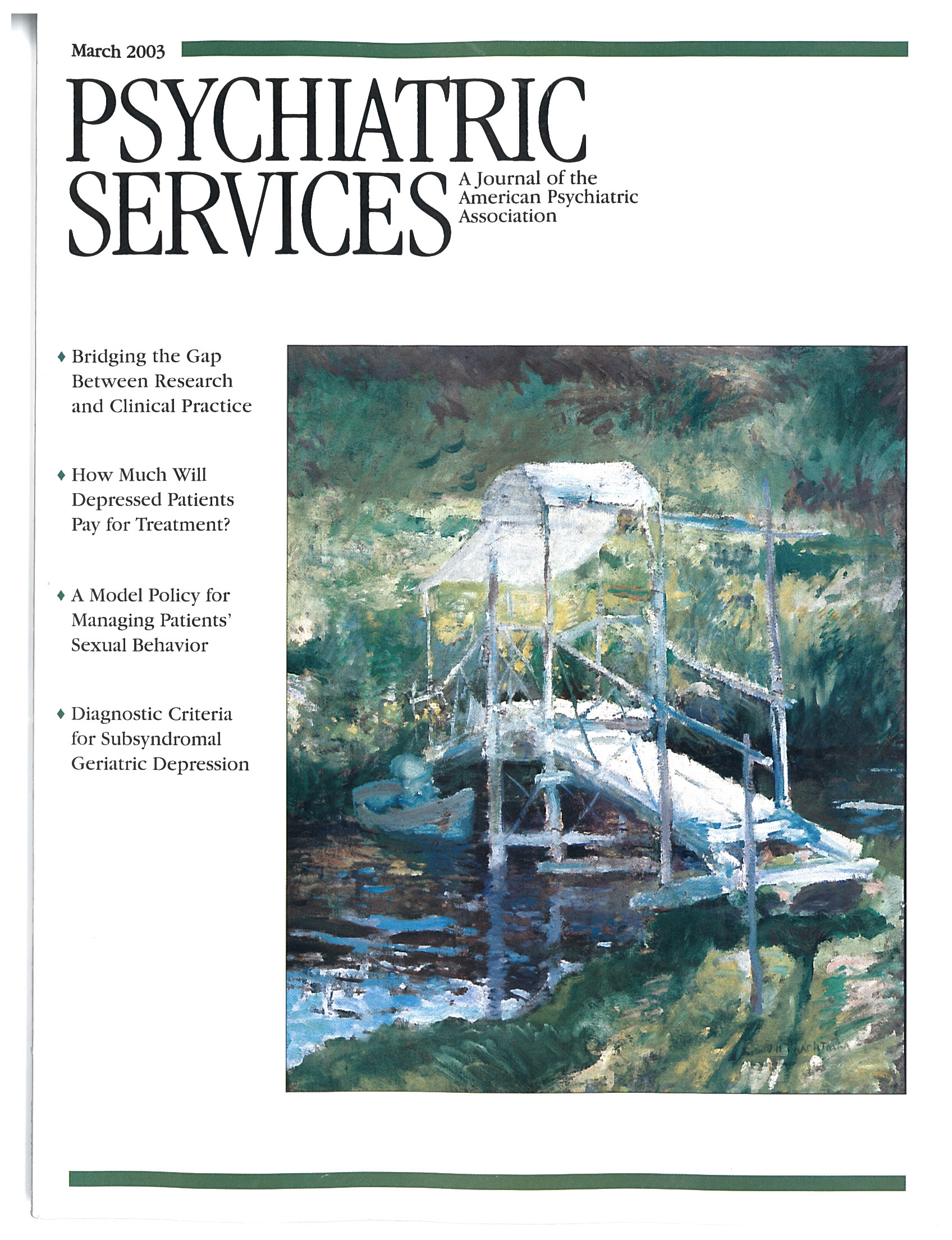Voices of Reason, Voices of Insanity: Studies of Verbal Hallucinations
The authors' intent for this psychological treatise was to document what auditory hallucinations "can mean today and have meant in the past." Among the questions they propose to explore: Is hearing voices an individual or collective experience? Is hearing voices treated as valid experience or as psychological error? Is hearing voices always a sign of madness, or can it ever be seen as being compatible with reason?
Nearly half of Voices of Reason, Voices of Insanity: Studies of Verbal Hallucinations is devoted to a retrospective examination of famous cases of voice hearing taken from historical, literary, and psychological sources, including Socrates, Achilles, Schreber, and Janet's patient Marcelle. The authors add several contemporary cases from their own experience. Additional chapters explore academic understandings of auditory hallucinations taken from pragmatic psychology and clinical psychiatry and public dialogue on hallucinations as manifested in the British national press. Although the authors include a discussion of hallucinations as psychopathology, they clearly state their intent to remain neutral on the question of whether auditory hallucinations are necessarily a manifestation of mental illness. The analytic tools they use to examine their case material derive as much from philosophical psychiatry as from clinical psychiatry. Linguistic analyses are applied to some of the contemporary cases. Recent neuropsychiatric findings related to auditory hallucinations are briefly noted but are not discussed at length.
The historical cases provide interesting insight into evolving concepts of mind. Unfortunately, they make for slow and ponderous reading for those who are not schooled in the intricacies of philosophical psychiatry. Furthermore, I found myself questioning the value of plowing through these sections, knowing that extrapolations were based on second- or third-hand reports at best.
I found myself more at home with the chapters that presented a detailed rendering of interviews with the authors' contemporary cases. Here they are able to establish some useful principles for separating hallucinated voices from usual social discourse. The chapter on national press accounts of individuals who hallucinate was distracting and could easily have been eliminated. Aside from this chapter, the book exhibits good cohesiveness.
Although I was originally hoping for succinct clinical insights, in the end I was not disappointed by this book's more eclectic approach. I came away with more questions than answers, which was probably the authors' intention. The opportunity to consider voices from a larger, nonclinical perspective proved refreshing. For this reason, I suspect that the book may become a classic of psychological literature. I would recommend it to anyone who works with individuals who hallucinate.
Dr. Haggerty is associate professor of psychiatry and director of the division of social and community psychiatry at the University of North Carolina at Chapel Hill.



